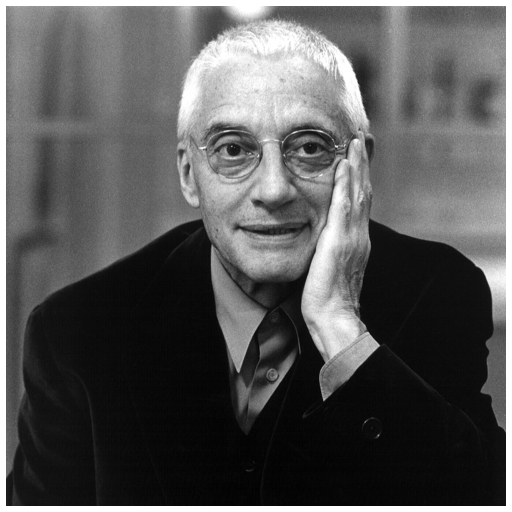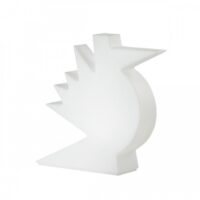Alessandro Mendini
The roots and the history of Alessandro Mendini sink in Milan, his hometown and training. This is where the 16 August 1931 is born.
His professional life goes hand in hand with his intellectual activity that grows, together with his name, in the international scene.
Architecture and design are the privileged but not exclusive terrains in which vision, technique and thought are expressed of a professional and artistic path that is still in progress.
Alessandro Mendini's ideas find space in the works as well as in his intense intellectual tension that sees him first at the helm of Casabella, then of the Domus magazine, where he arrives at the behest of Giò Ponti, whose cultural influence remains present in most of his work .
In the 1989 he founded, together with his brother Francesco, Studio Mendini, the operative base of his generous project activity.
Collaborations
Among the main industrial collaborations of Alessandro Mendini, there are numerous brands that have made design and creativity their distinctive feature: Alessi, Swatch and Samsung among others. But also Bisazza and Venini. Cartier and Hermès.
Indelible signs in the architectural landscape of the beautiful country remain the swimming center of Trieste with its Olympic swimming pool, the Gibellina clock tower, the Alessi factory and the Omegna forum museum. While in the world, Mendini's name is linked to the Groningen Museum and the headquarters of the Fair and the new triennial of Milan in South Korea.
Over time, Mendini's role has gone beyond his professional activity and has given shape to an incessant research activity expressed in the form of criticism and continuous revision of what has already been seen. Over the years, he has joined various thought groups such as the Radical design movement, which have made him the undisputed protagonist of the growth and evolution of Italian design. Aspects that have allowed its affirmation in the world.
The creations
Among his main creations there are objects and furnishing accessories that have fully entered the made in Italy panorama: the Proust armchair, made in the late seventies and then numerous everyday objects such as those made for Alessi. The common thread never lost is the inseparable combination between his artistic vision and constant design analysis.




